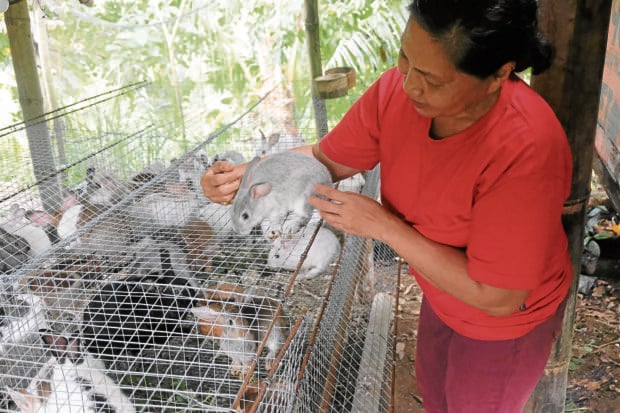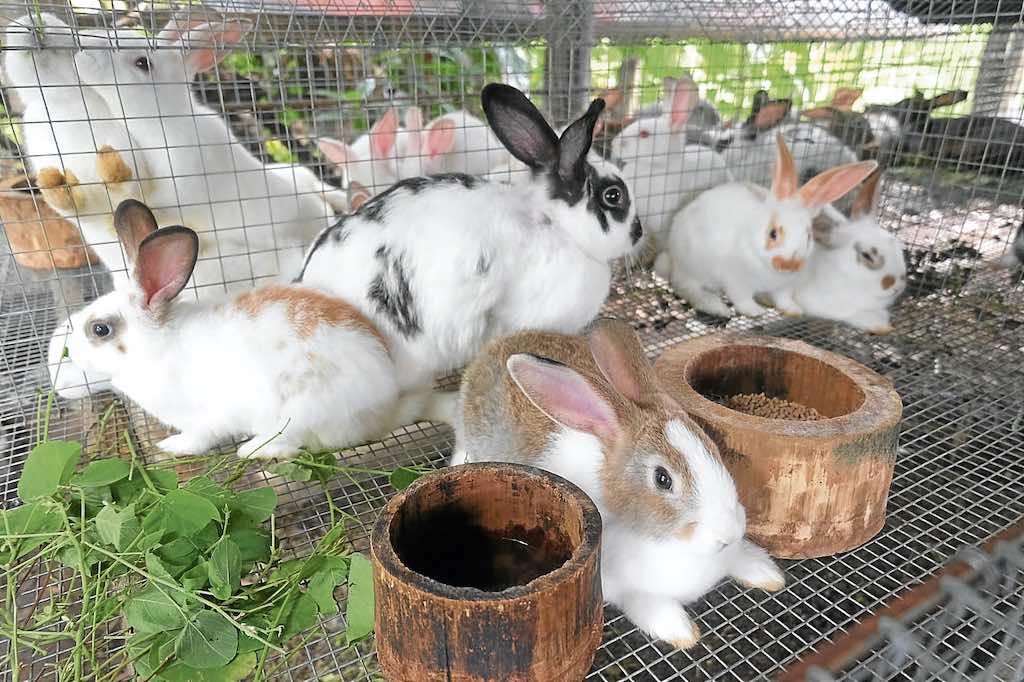Rabbits. They’re furry, little big-eared creatures, that most see as meek animals perfect as pets. 2023 is also its year, according to the Chinese zodiac. As we welcome a new zodiac sign this Lunar New Year, the rabbit is expected to bring longevity, peace, and prosperity. And for meat-eaters, also an alternative source of protein.
“Rabbits can be a good alternative to poultry and pork. They breed fast and have low-fat, high-protein meat that can be enjoyed around the world, cross-culturally,” reads a statement on the website of the Association of Rabbit Meat Producers, Inc. The organization aims to popularize rabbit as an alternative source of protein.
Demand for rabbits as food has recently increased locally along with interest in cultivating farms during the pandemic. Although, in other cultures, bunnies have long been raised as a meat source. These hoppers are a fixture in Spanish cuisine, and so are over 300 domesticated breeds that are popular in other European countries.
In the Philippines, rabbit raisers say, most demand now comes from Chinese, Korean, and French restaurants. Because of niche demand despite a rising livestock industry, rabbit meat prices remain pretty steep at around P400 per kilo.
But that’s not really the reason why people won’t consider eating rabbits, is it? It’s that they’re far too cute for consumption.
Though if we get over the “cuteness factor,” rabbit actually makes for a pretty efficient meat source compared to pork or beef. The latter creatures and the industry that slaughters them for us to eat are known contributors to carbon emissions.

Meanwhile, rabbits take less than half the time it takes for a pig to be mature enough for the market: about two to three months.
Not to mention, they are a great alternative to traditional animal protein sources that are often hounded with diseases that are transferrable to humans. “With the challenges brought about by the COVID-19 pandemic and the African swine fever outbreak to the hog industry rabbit meat can be a healthy alternative to pork,” former Agriculture Secretary William Dar said last year.
Last year the Department of Agriculture released guidelines for importing rabbits as a precaution against possible rabbit-related outbreaks. One of these includes embedding the animals with microchips or identification marks for ease of tracking.
If it makes you feel any better about eating this cute creature, there are commercially raised breeds that are different from those that are raised to be pets, which are fancier ones.
And if you do consider eating it starting this year, you might want to know this: The consensus is that rabbit meat tastes a lot like chicken. That’s because both are white meat. But the former is leaner and has less fat, which also means it is low in cholesterol—which might just make it popular in a country where one of the leading causes of mortality is heart disease.
But the absence of fat should also remind you that it takes extra effort to cook it for it to turn out tender and flavorful. The rule of thumb when cooking (a whole) rabbit should be the slower you cook it, the better it will be. Maybe even better than chicken.




